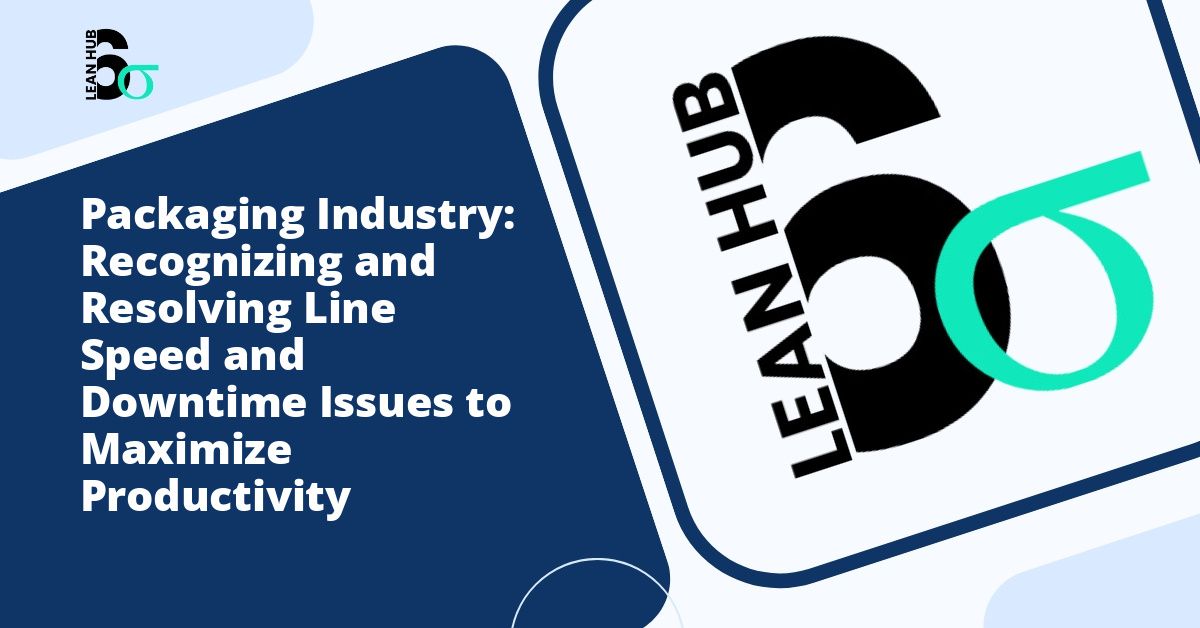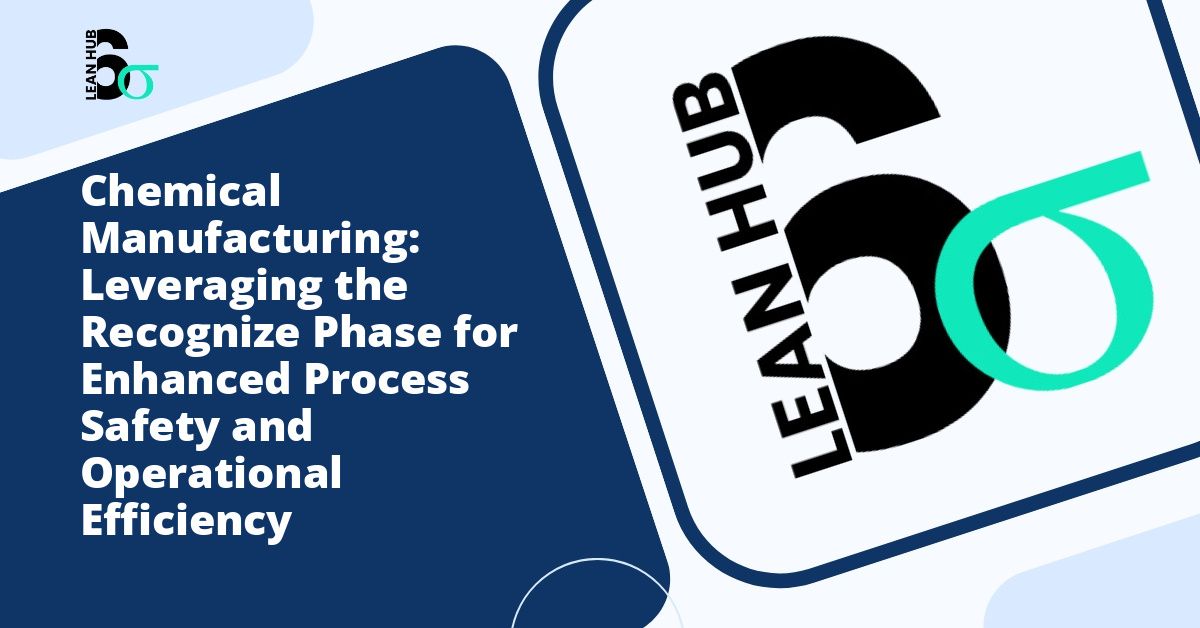So, you’ve spotted a problem in your organization that’s costing time, money, or customer satisfaction. Great! But before you can rally the troops and launch into a full-blown improvement project, you need to convince the decision-makers that it’s worth tackling. That’s where building a solid business case during the Lean Six Sigma recognize phase becomes absolutely crucial.
Let me walk you through everything you need to know about crafting a business case that gets the green light and sets your improvement project up for success.
What Exactly Is the Recognize Phase?
Before we dive into building business cases, let’s clarify what we mean by the recognize phase. In the Lean Six Sigma methodology, the recognize phase is that critical first step where you identify potential improvement opportunities and determine which ones deserve attention and resources.
Think of it as the “dating phase” of process improvement. You’re not making any long-term commitments yet—you’re just figuring out if this problem is worth pursuing. During this phase, you’re essentially answering three fundamental questions:
- What problems or opportunities exist in our organization?
- Which ones align with our strategic goals?
- Which ones will deliver the most value if we solve them?
The business case is your tool for answering that third question convincingly.
Why Is a Business Case So Important?
Here’s the reality: every organization has limited resources. Time, money, people, attention—they’re all finite. Your leadership team can’t say yes to every improvement project that comes across their desk, no matter how well-intentioned.
A strong business case does several important things:
It quantifies the problem. Instead of saying “our process is slow,” you’ll demonstrate that “our process takes 47% longer than industry benchmarks, costing us approximately $250,000 annually.”
It demonstrates strategic alignment. You’ll show how solving this problem supports broader organizational goals, whether that’s improving customer satisfaction, reducing costs, or entering new markets.
It manages expectations. By outlining required resources and realistic timelines, you’re setting everyone up for success rather than disappointment.
It creates accountability. A well-crafted business case establishes clear metrics for measuring success, so everyone knows what victory looks like.
The Essential Components of a Lean Six Sigma Business Case
Now let’s get practical. What should you actually include in your business case? Here are the key elements that will make your proposal impossible to ignore.
1. Problem Statement and Current State
Start with a clear, concise description of the problem you’ve identified during the recognize phase. Avoid jargon and be specific. Instead of vague statements like “quality issues are hurting us,” try something like “15% of our products require rework before shipping, delaying orders and frustrating customers.”
Back up your problem statement with data. How frequently does this problem occur? How long has it been happening? Who’s affected? The more concrete you can be, the better.
2. Financial Impact
This is where you speak the language that executives understand best: dollars and cents. Calculate both the cost of the current problem and the potential savings from solving it.
Consider multiple financial dimensions:
- Hard costs: Direct expenses like materials wasted, overtime paid, or equipment repairs
- Soft costs: Indirect impacts like reduced employee morale or customer satisfaction scores
- Opportunity costs: What your team could accomplish if they weren’t dealing with this problem
- Risk costs: Potential regulatory fines, lawsuit exposure, or competitive disadvantages
Don’t worry if you can’t quantify everything perfectly during the recognize phase. It’s okay to make reasonable estimates as long as you document your assumptions clearly.
3. Strategic Alignment
Here’s where you connect the dots between your project and what keeps the C-suite up at night. Review your organization’s strategic priorities—maybe it’s digital transformation, sustainability, customer experience, or market expansion—and explicitly show how your project supports these goals.
This section doesn’t need to be lengthy, but it should be powerful. A single paragraph that clearly links your project to corporate strategy can be the difference between approval and rejection.
4. Scope and Objectives
Define what’s included in your project and, equally important, what’s not. Being clear about boundaries prevents scope creep later and helps stakeholders understand exactly what they’re committing to.
Set SMART objectives (Specific, Measurable, Achievable, Relevant, Time-bound) that define what success looks like. For example: “Reduce product rework rate from 15% to 5% within six months, resulting in annual savings of $180,000.”
5. Resource Requirements
Be honest about what you’ll need. This includes:
- Team members and their time commitments
- Budget for tools, training, or external expertise
- Technology or equipment
- Access to data or specific departments
Leadership appreciates transparency here. If you low-ball the requirements to make your case more attractive, you’ll only create problems down the road when you need additional resources.
6. Timeline and Milestones
Provide a realistic timeline that shows when you’ll reach key milestones and when stakeholders can expect to see results. In Lean Six Sigma, most projects run between three to six months, though this varies based on complexity.
Break your timeline into phases (Define, Measure, Analyze, Improve, Control) so stakeholders can see the progression and understand when they’ll be asked to participate or make decisions.
7. Risks and Mitigation Strategies
Every project has risks. Maybe you’ll face resistance from certain departments, or perhaps you’re dependent on data that’s historically been difficult to access. Acknowledging these risks doesn’t weaken your case—it strengthens it by showing you’ve thought things through.
For each significant risk, propose a mitigation strategy. This demonstrates maturity and planning, qualities that decision-makers value highly.
Tips for Making Your Business Case Irresistible
Beyond including all the right components, here are some insider tips for making your business case stand out during the recognize phase:
Tell a story. Yes, data is essential, but humans respond to narratives. Start with a real example of how this problem affected a customer, employee, or outcome. Make it personal and relatable.
Use visuals. A well-designed chart or infographic can communicate your point faster and more memorably than paragraphs of text. Show the current state versus the desired future state visually.
Keep it concise. Your business case should be thorough but not overwhelming. Aim for something that can be reviewed in 15-20 minutes. Use appendices for detailed supporting data.
Anticipate questions. Put yourself in your stakeholders’ shoes. What concerns might they raise? Address these proactively in your document.
Show quick wins. If possible, identify some early benefits that stakeholders will see in the first 30-60 days. Quick wins build momentum and confidence.
Common Mistakes to Avoid
I’ve seen plenty of business cases crash and burn during the recognize phase, usually for preventable reasons. Here are the pitfalls to avoid:
Being too technical. Remember, not everyone speaks Lean Six Sigma. Translate technical concepts into business language that any executive can understand.
Ignoring the human element. Process improvements affect people. Acknowledge this and address how you’ll manage change and communication.
Overpromising results. It’s tempting to inflate potential benefits to make your case more attractive, but this backfires when you can’t deliver. Be realistic and conservative in your projections.
Forgetting to sell the “why now.” Explain why this problem needs attention now rather than six months from now. What’s the urgency?
Bringing It All Together
Building a compelling business case during the Lean Six Sigma recognize phase is both an art and a science. It requires solid analytical skills to quantify the problem and opportunity, but also emotional intelligence to understand what motivates your stakeholders and how to present information in a way that resonates with them.
Remember, your business case isn’t just a bureaucratic hurdle to clear—it’s the foundation for your entire improvement project. A thoughtful, well-researched business case aligns expectations, secures commitment, and creates a shared understanding of what success looks like.
Take the time to do it right during the recognize phase, and you’ll find that everything else in your Lean Six Sigma journey becomes easier. You’ll have clearer direction, stronger support, and better results.
So grab that problem you’ve identified, roll up your sleeves, and start building a business case that’s impossible to refuse. Your organization—and your career—will thank you for it.








